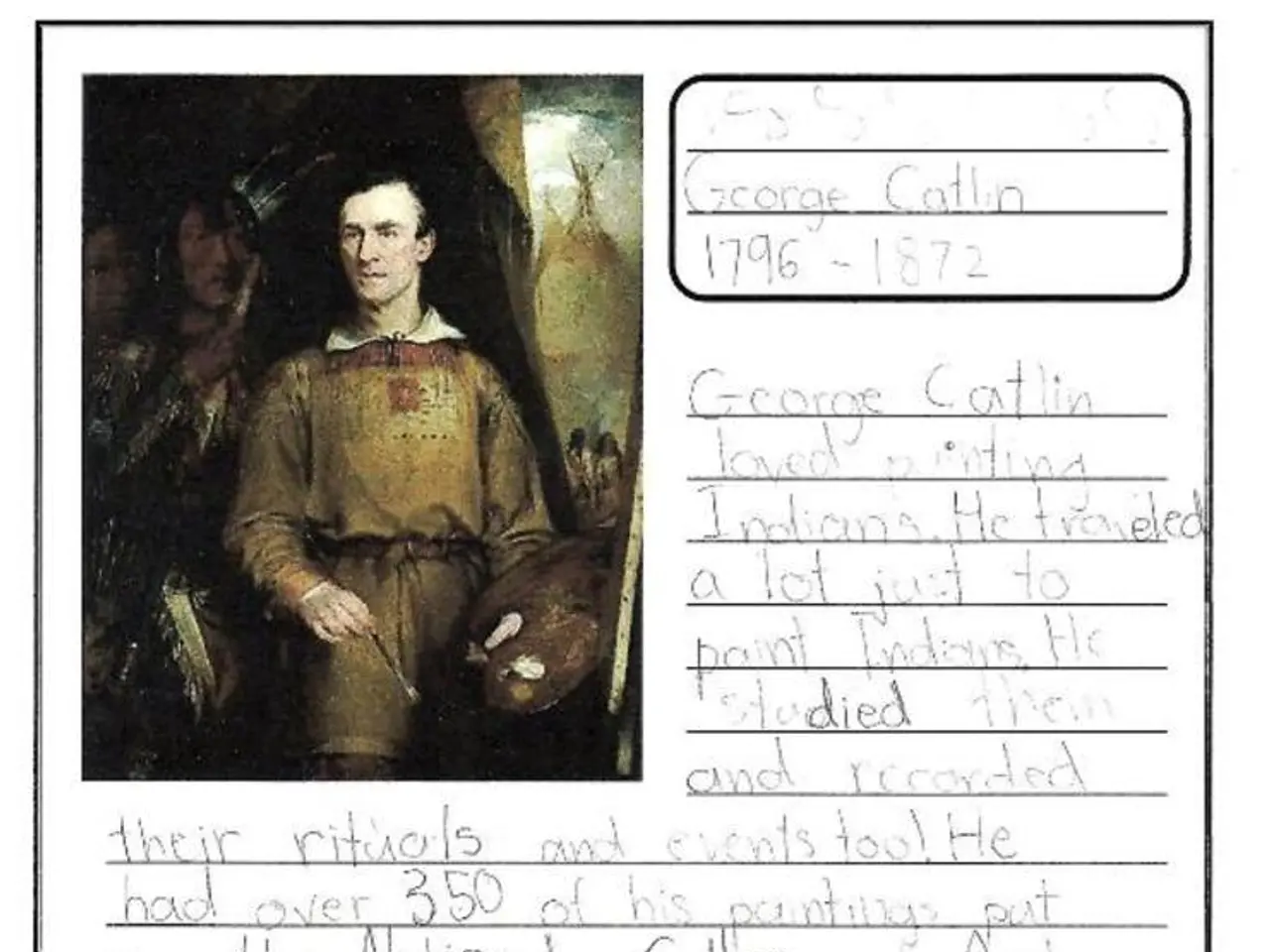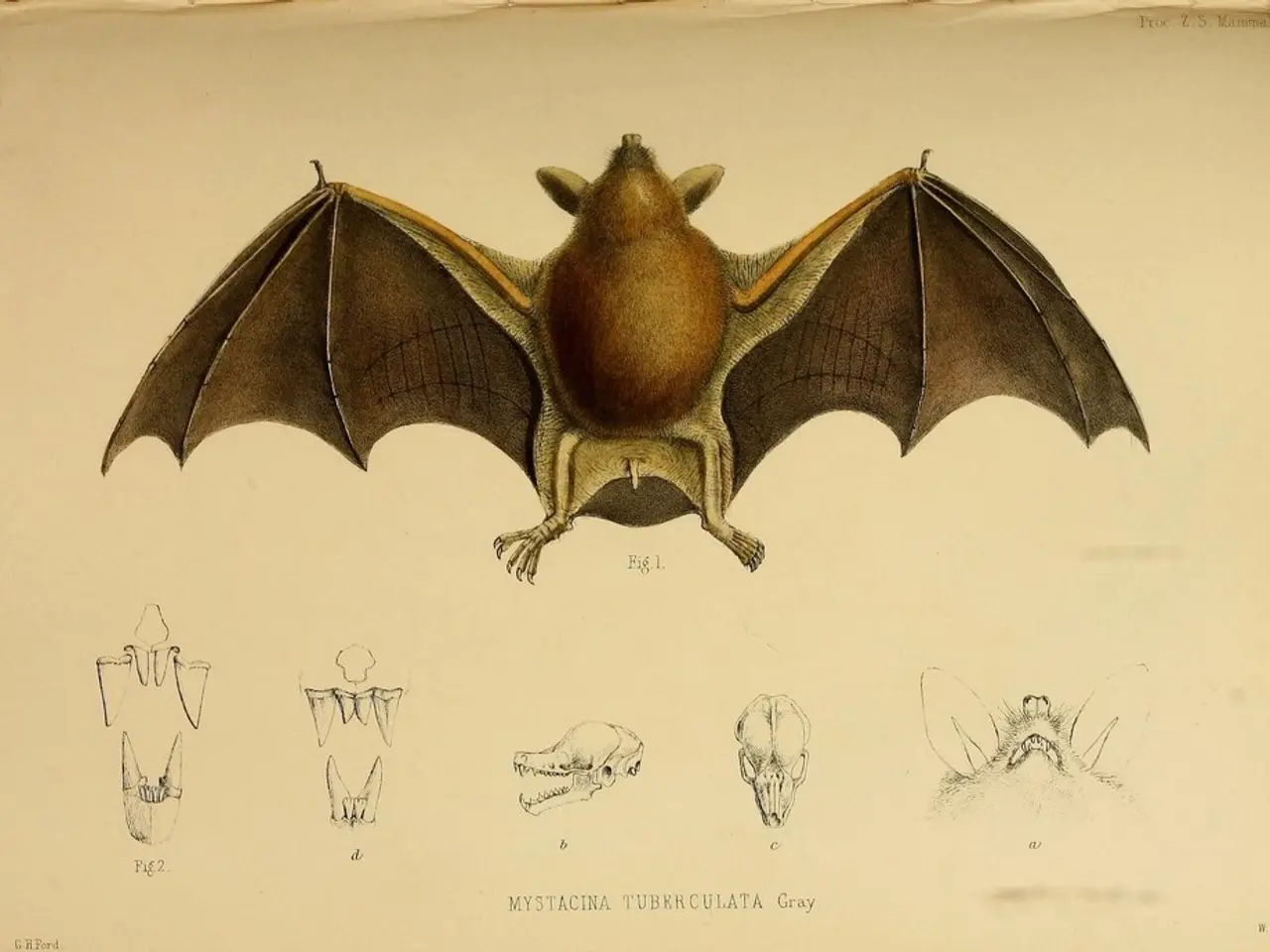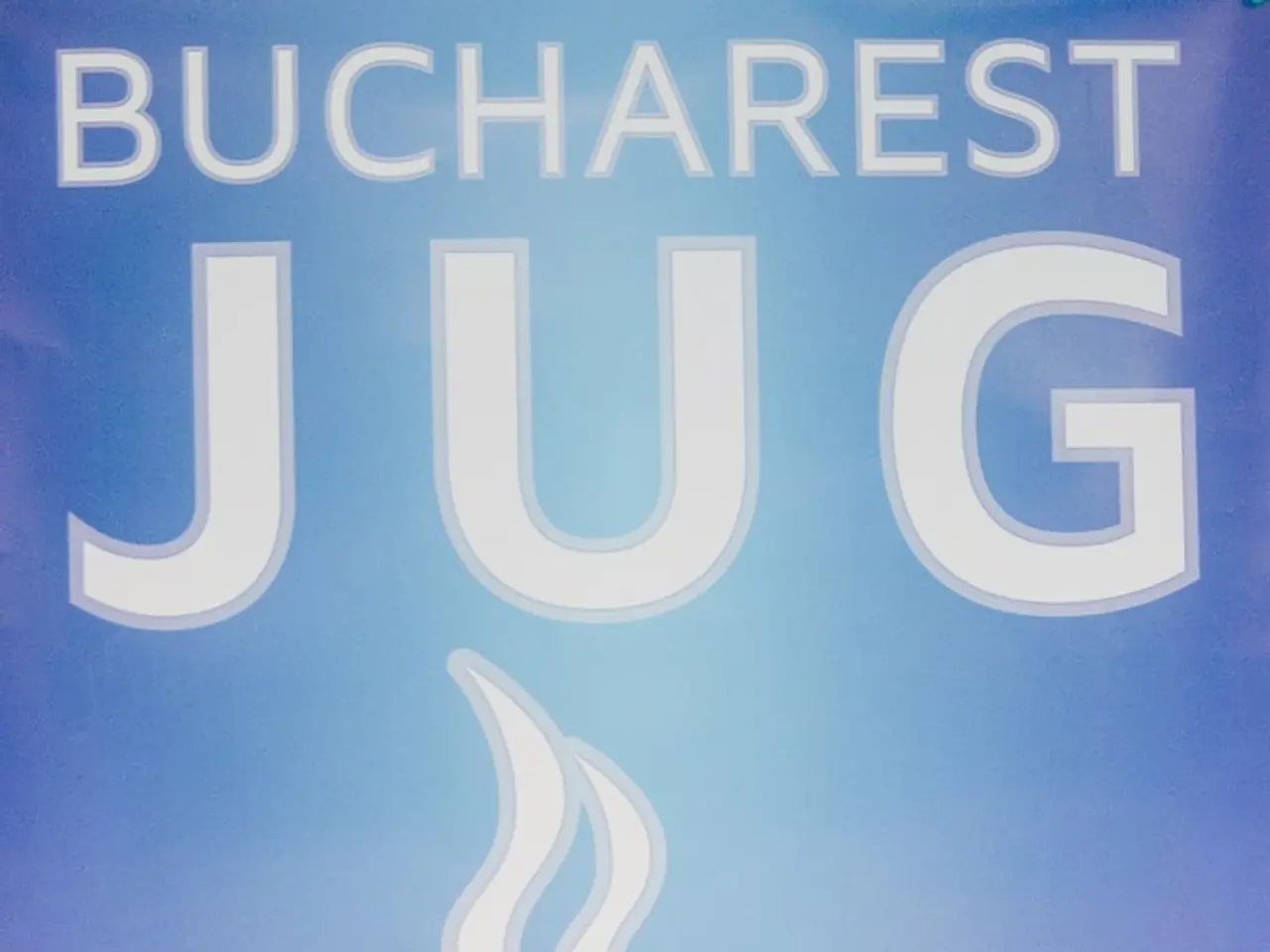Ancient Child's Skull Indicates Potential Coexistence of Modern Humans and Neanderthals, but Skepticism Persists
Discovered Skull Suggests Early Interbreeding Between Neanderthals and Humans
A 140,000-year-old skull found at Skhul Cave in Israel, known as Skhul I, has sparked renewed interest in the complex history of human evolution. The skull, which belonged to a child, exhibits a blend of features that suggest it may have been a hybrid individual, combining traits of both modern humans (Homo sapiens) and Neanderthals[1][2].
Detailed CT scans reveal that the braincase of Skhul I shows mostly modern human traits, while the jawbone exhibits characteristics typical of Neanderthals. This intriguing mix of anatomical features supports the idea that the Levant region during the Middle Pleistocene acted as a crossroads for gene flow and interbreeding between indigenous populations and migrating groups from Africa and Eurasia[1].
The hybrid nature of Skhul I implies that burial rituals were not unique to either modern humans or Neanderthals alone[1][2]. Skhul Cave is significant for being one of the earliest known sites with organized human burials, suggesting that these practices may have been shared among various human populations in the region.
The precise ancestry of Skhul I remains uncertain, but the findings suggest that she may have represented a population or individual that is ancestrally connected to both modern humans and Neanderthals[2]. This challenges the traditional view that the fossils from Skhul Cave were exclusively modern human and underscores the complexity of human evolution in the region during that time period.
Genetic and fossil evidence from other studies generally supports interbreeding between early modern humans and Neanderthals, with hybrid offspring potentially contributing to the ancestry of later populations[4]. The study, published in the July-August issue of the journal L'Anthropologie, suggests that Skhul I might have been a cross between modern humans and Neanderthals[1].
However, not all experts agree with this interpretation. Chris Stringer, a paleoanthropologist at the Natural History Museum in London, thinks the findings are not definitive and the fossils primarily align with Homo sapiens[1]. Despite the ongoing debate, the discovery of Skhul I provides crucial insight into the intertwined evolutionary history of archaic and modern humans.
[1] Anne Dambricourt Malassé et al., "Skhul I: A Hybrid Homo Sapiens-Neanderthal Child?," L'Anthropologie, vol. 130, no. 3, 2018, pp. 265-276. [2] Chris Stringer, "A Hybrid Homo Sapiens-Neanderthal Child?," Nature, 13 July 2018. [3] Chris Stringer, "Skhul I: A Hybrid Homo Sapiens-Neanderthal Child?," The Guardian, 13 July 2018. [4] Svante Pääbo et al., "A Draft Sequence of the Neanderthal Genome," Science, vol. 328, no. 5979, 2010, pp. 710-722.
Science unveiled the hybrid nature of Skhul I, a 140,000-year-old skull, implying interbreeding between Neanderthals and modern humans. This discovery in space-and-astronomy (Skhul Cave, Israel) opens the door for further exploration of medical-conditions related to human evolution and the impact of technology on burial rituals during that time period. In the realm of entertainment, the story of Skhul I sparked debate and intrigue among experts.




